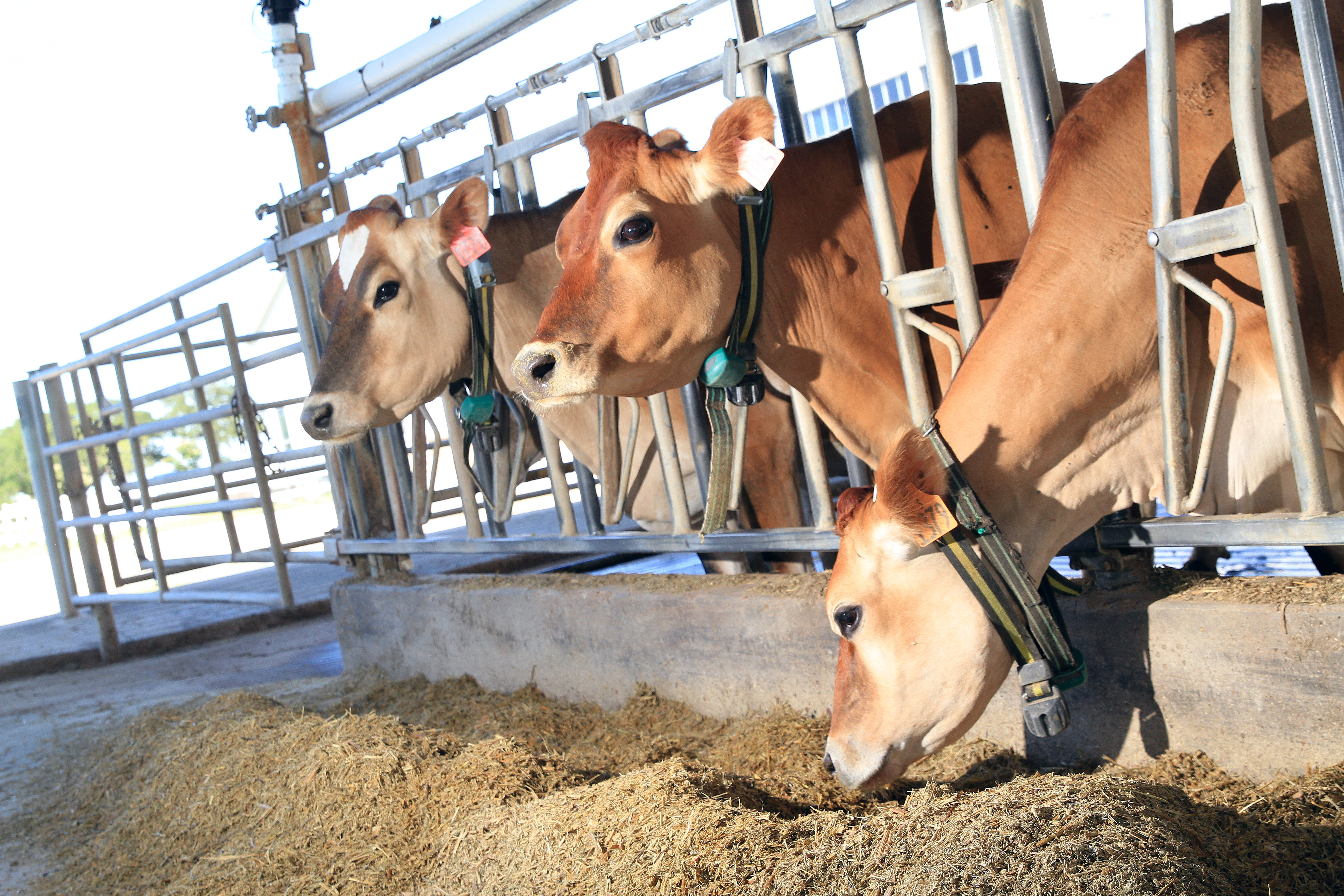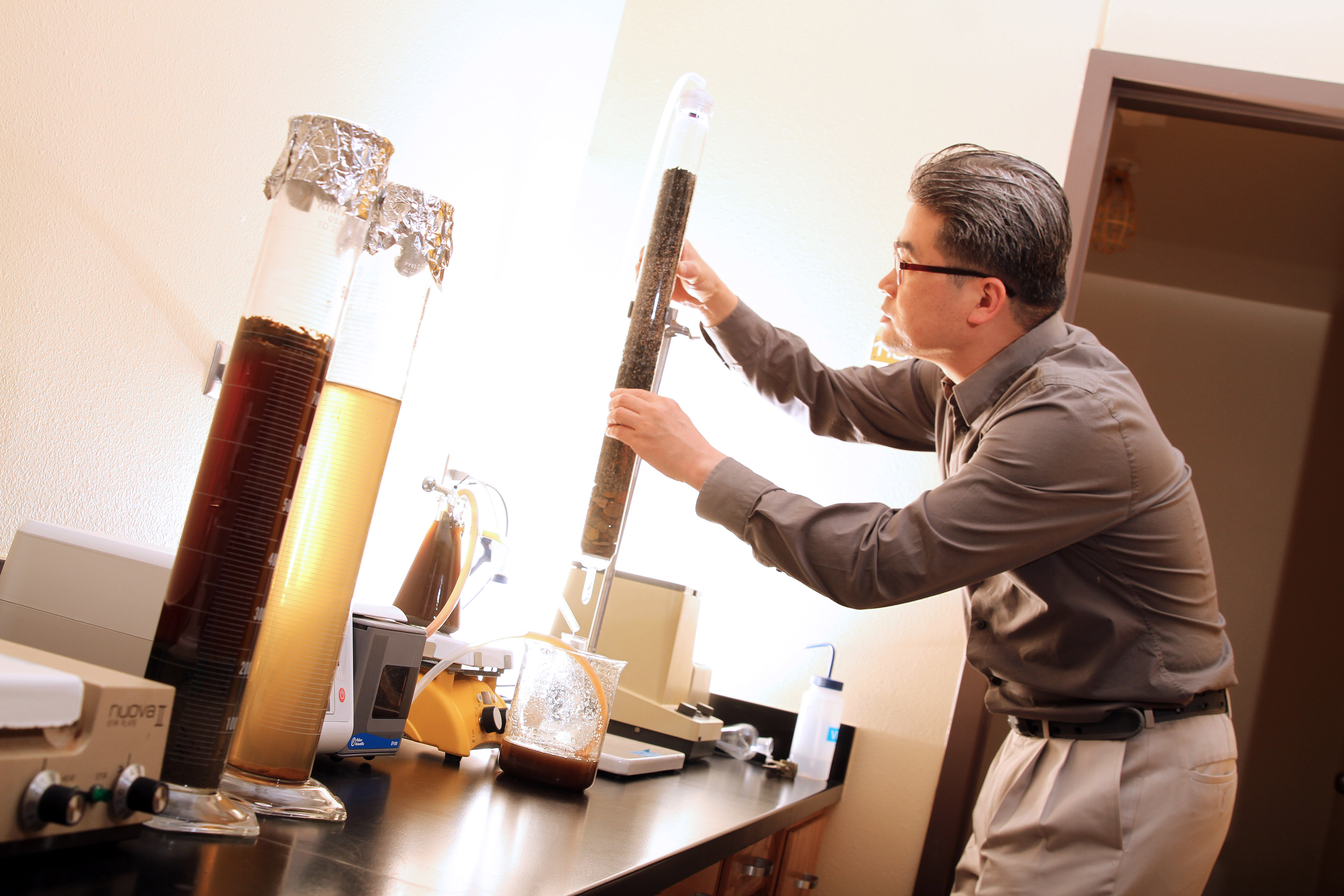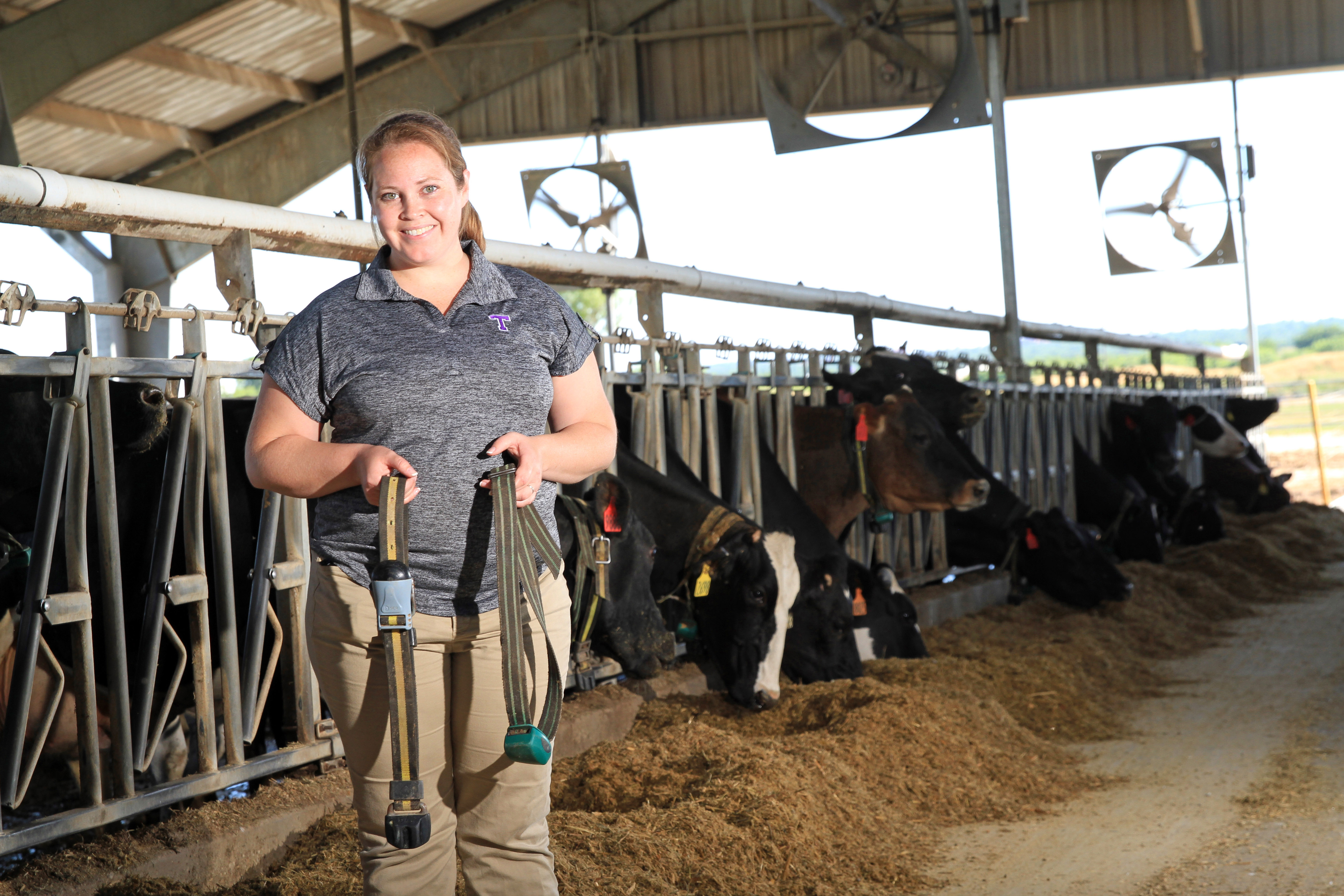Farm & Ranch
From ‘Fitbits’ to Bioenergy Recovery – Rethinking today’s dairy farming

By Cecilia Jacobs
Robotic milkers. Automated feeders. Inline parlor technologies. They all make dairy operations, whatever the size, more efficient.
Researchers at Tarleton State University’s Southwest Regional Dairy Center are exploring more new gadgets and concepts sure to change the way milk producers manage their herds and farms. From bovine accelerometers (think Fitbit) to a closed-loop system that reuses wastewater and powers itself on manure, Texas’ only operational teaching and research dairy is rethinking best practices to improve farm profitability, milk quality and animal welfare.
Here’s a look.
Precision Dairy Cattle Monitoring
Equipping cows with smart, wearable fitness sensors—called accelerometers—to monitor everything from estrus to illness in individual animals is the latest craze in dairy technology. Similar to Fitbits, these relatively new gadgets monitor physical movement, body temperature and reticulorumen pH along with feeding, lying and rumination times. “Identifying changes in activity, especially in time spent eating and ruminating, can help identity illness and disease before they’re obvious to farmers,” explains Barbara Jones, director of the Southwest Regional Dairy Center in Stephenville, Texas. “Discovering sick and lame cows sooner improves treatment success, reduces loss and increases longevity and overall animal well-being.
“The benefit of catching cows in heat with limited human observation or pharmaceutical intervention is an added cost savings,” she says, “allowing farmers to identify optimum times for insemination.”
All 300 to 400 cows at the Southwest Regional Dairy Center sport accelerometers that continuously transmit information to a computer equipped with software that mathematically examines the data from each animal relative to her baseline. Generally worn around the neck or leg of the cow, or attached to the ear, accelerometers capture information in real time. Herd managers determine how often to collect and review the data.
To read more pick up a copy of the July 2017 NTFR issue. To subscribe call 940-872-5922.

Dr. Eunsung Kan’s concept for a closed-loop dairy farm involves recycling cow manure and wastewater to produce fertilizer and electricity in a way that is environmentally responsible and doesn’t increase operational cost for producers. (Courtesy of Tarleton)
Farm & Ranch
Acorn Toxicity

By Barry Whitworth, DVM, MPH
With the prolonged drought, most pastures in Oklahoma end up in poor condition. With the lack of available forage, animals may go in search of alternative foods.
If oak trees are in the pastures, acorns may be a favorite meal for some livestock in the fall. This may result in oak poisoning.
Oak leaves, twigs, buds, and acorns may be toxic to some animals when consumed.
To read more, pick up a copy of the November edition of North Texas Farm & Ranch magazine, available digitally and in print. To subscribe by mail, call 940-872-5922.

Farm & Ranch
Silver Bluestems

By: Tony Dean
There are a handful of grasses on North Texas grazing lands ranchers need to know, not because they are highly desirable, but rather because they are not of much value. I call them “decom” plants, which is am acronym for “Don’t Ever Count On Me.” Silver bluestem is a “decom” grass.
Silver bluestem is a perennial which grows in all areas of Texas. It can survive in almost all soil types, and in full sun conditions or in semi shade. It grows up to three feet tall and is easily recognized with the presence of the white fuzzy seed head. Also, one of the identifying characteristics of Silver bluestem is a bend in the stems at each node, causing the plants to take on a rounded shape as they mature.
To read more, pick up a copy of the November edition of North Texas Farm & Ranch magazine, available digitally and in print. To subscribe by mail, call 940-872-5922.

Farm & Ranch
Meanwhile Back At The Ranch

By: Rayford Pullen
Fall is here which means winter is closing in on us and before we officially get into winter, we need to make sure our factories are either producing or will be producing in a few months.
We have been pregnancy testing our cows this fall and if they are not bred or nursing a calf, we are bidding them adios. With annual costs somewhere between $900.00 and $1,000.00 per cow, those cows not producing a live weaned calf are costing us quite a bit.
To read more, pick up a copy of the November edition of North Texas Farm & Ranch magazine, available digitally and in print. To subscribe by mail, call 940-872-5922.
-

 Country Lifestyles2 years ago
Country Lifestyles2 years agoScott & Stacey Schumacher: A Growth Mindset
-

 Country Lifestyles8 years ago
Country Lifestyles8 years agoStyle Your Profile – What your style cowboy hat says about you and new trends in 2017
-

 HOME8 years ago
HOME8 years agoGrazing North Texas – Wilman Lovegrass
-

 Equine1 year ago
Equine1 year agoThe Will to Win
-

 Country Lifestyles5 years ago
Country Lifestyles5 years agoAmber Crawford, Breakaway Roper
-

 Outdoor9 years ago
Outdoor9 years agoButtercup or Primrose?
-

 Country Lifestyles8 years ago
Country Lifestyles8 years agoJune 2016 Profile – The man behind the mic: Bob Tallman
-

 Country Lifestyles8 years ago
Country Lifestyles8 years agoDecember 2016 Profile, Rusty Riddle – The Riddle Way






